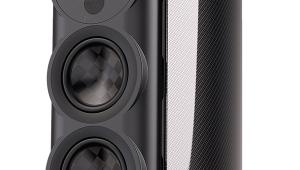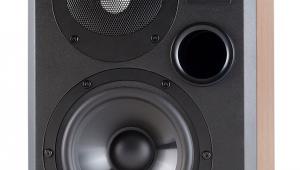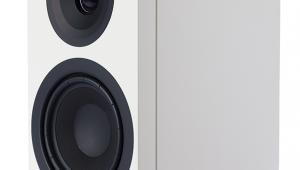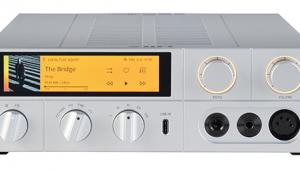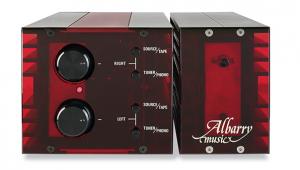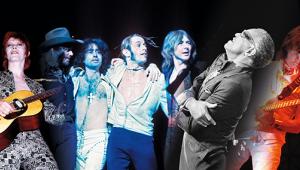DeVore Fidelity O/baby Loudspeaker
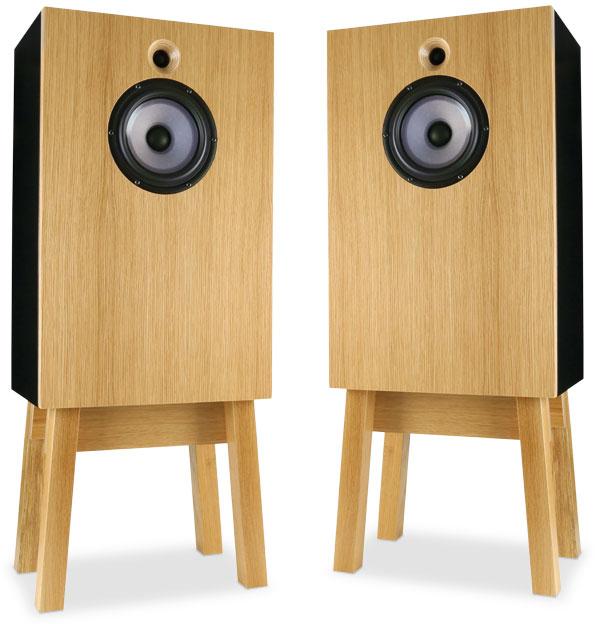
 DeVore's 'Orangutan' loudspeaker range now has a funky sibling – the aptly-named O/baby that extends the brand's high sensitivity DNA into a very compact cabinet
DeVore's 'Orangutan' loudspeaker range now has a funky sibling – the aptly-named O/baby that extends the brand's high sensitivity DNA into a very compact cabinet
Even the name sounds like a clarion call: 'O/baby!', straight out of Austin Powers. It resides 'one from the bottom' in DeVore Fidelity's Orangutan range, with only the minuscule, 25x25x25cm micr/O sealed cube below it. But the O/baby is the one that screams 'Buy me!' at this jaded hack. How so? This trickle-down gem from DeVore, smaller than the O/93 [HFN Mar '23], just may be the answer to my bucket list dreams. Or would be, had I the £6298 for a pair. And £1398 more for the stands.
DeVore's micr/O came first, its raison d'être being that of a miniature O/96 [HFN Apr '21] for use in the factory, on shelves. As the micr/O proved a hit with the workers, designer and owner John DeVore started tinkering with the idea of 'a least-expensive Orangutan speaker model'. Thanks to minimum order sizes of drivers, more than needed for the O/Reference, the notion of 'repurposing', including machining the horn into the actual baffle and specifying different width woofers, ultimately yielded the micr/O's 7in/178mm bass unit.
Monkey Business
It was soon realised that the driver was ideal not only for that sealed cube, but it would suit, too, a bass-reflex design tuned like a mini O/96. And so out popped the O/baby, looking just like a low-fat version of the standmounted O/96 and the one-piece floorstanding O/93.
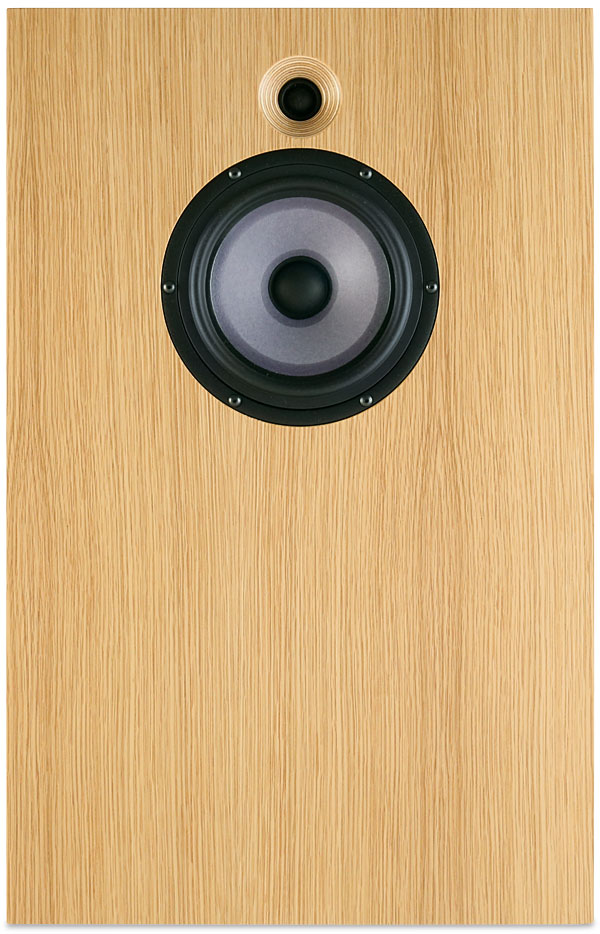
While the footprints don't differ by much, the O/baby offers the space- and budget-constrained a more room-friendly enclosure measuring 590x375x245mm (hwd), lifted 12in/300mm by the stands, more of which anon. To give you some idea of how small these are, the O/baby is only twice as wide as an LS3/5A, 50mm deeper, and just about the same height when those BBC minis are placed on 24in stands.
Flying Low
Visually, the O/baby cannot be more minimalist, and I haven't even seen it with the optional magnetic grilles. At the back are the rear-firing port and multi-way binding posts. The 19mm textile dome tweeter is set into an integral horn sculpted into the 20mm-thick, six-layered marine-ply baffle. Counting the layers visible around the tweeter and forming the horn reveals that it is 4mm thicker behind the exposed edges of the baffle. Below the tweeter is the 178mm uncoated German paper woofer, derived from the O/96 and O/Reference.
Positioning is crucial, and the tweeter must be below ear height. Required toe-in was slight and is covered in the lucid instruction manual's floor plans. The O/baby's rear port calls for space away from walls but they are so compact they're easily sited. Get the height and toe-in just so, and the imaging will snap into place and the bass acquires its full extension. Oh, and there will be air and soundstage in which to wallow.
Stands of around 12in in height establish the right tweeter level but, at the risk of making enemies of DeVore, these optional supports are the, er, orangutans in the room. These oak-and-marine ply stands somehow cost more than say, Music Tools' superb re-imagining of the all-metal, filled Foundation stands for LS3/5As. Incensed by the tariff, I spoke to a chippie and we figured that with a 24mm-thick 2500x1220mm marine-ply sheet – yours for £205 at the best price – you could knock up a few pairs for £300 or so including both labour and lacquering. I repeat: They're made of wood, not unicorn bones. But says John Devore: 'The stands we make are the best I've heard with them, and are certainly part of the aesthetic package, but they will work fine on any good 12in high stand'. Rant over.
![]() Driver Education
Driver Education
As the O/baby is the obvious model one might consider if either budget or space are not sufficient for the O/93, the comparison with the latter is logical. But should this be the case, note that price is more of an issue than the actual physical difference between the two. For the space-constrained, O/baby versus O/93 is mainly a matter of the visual, and that's just height-wise, as the footprints barely differ.



